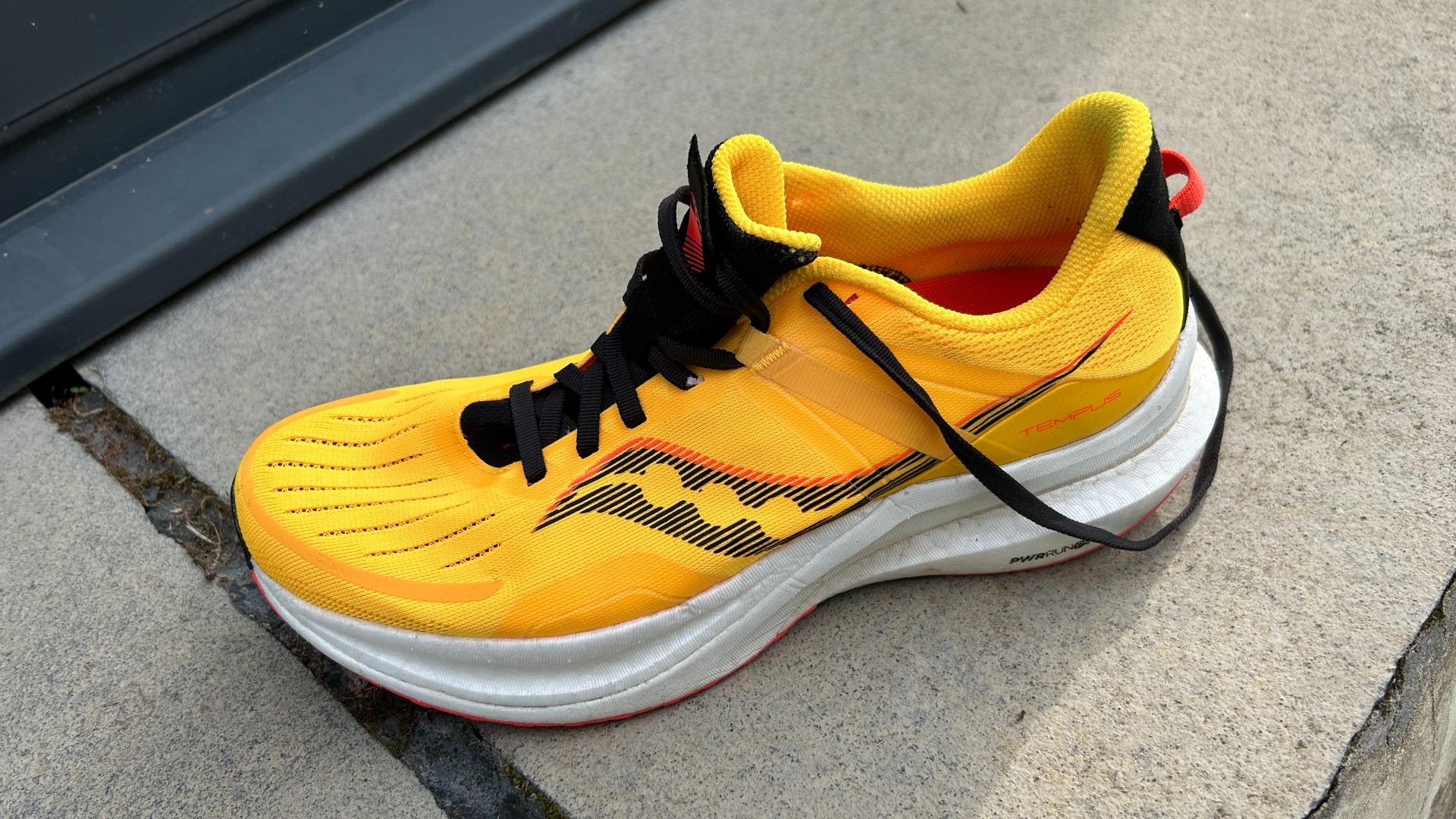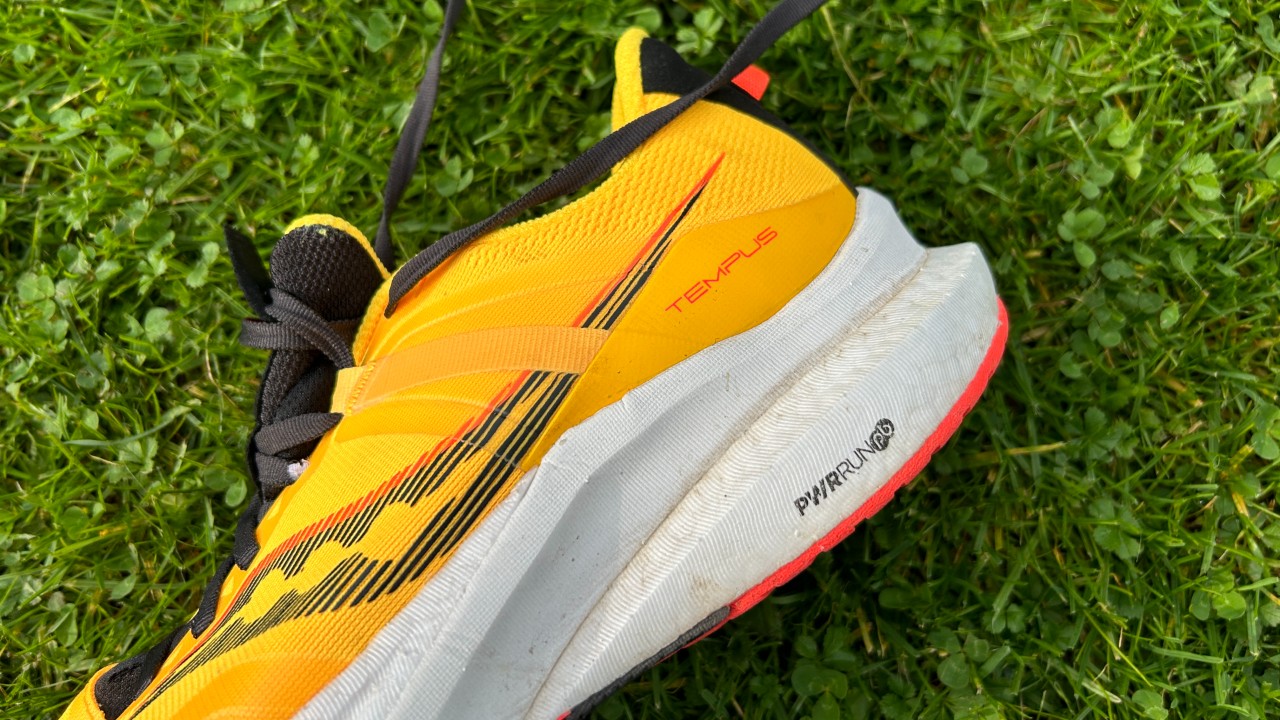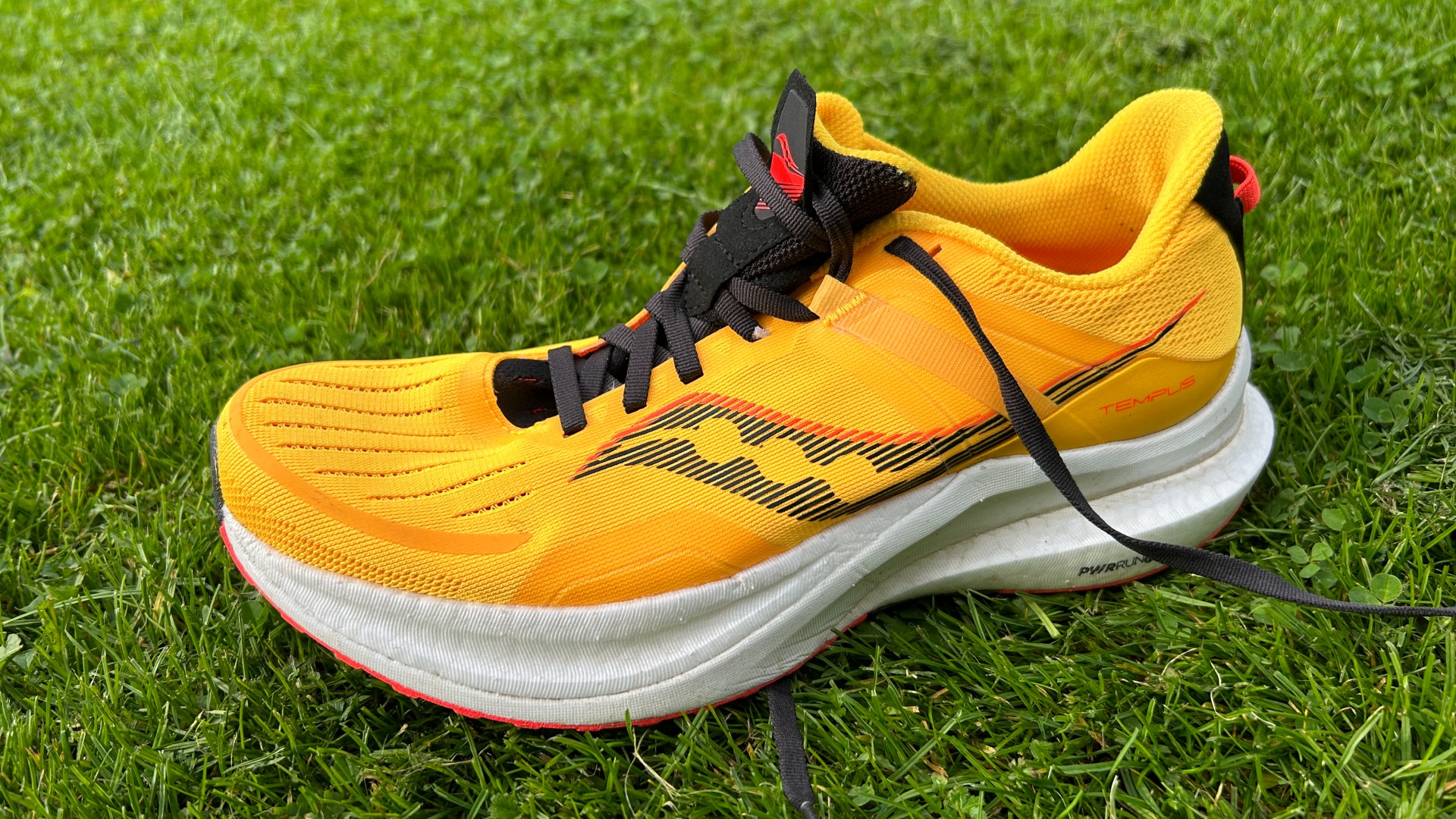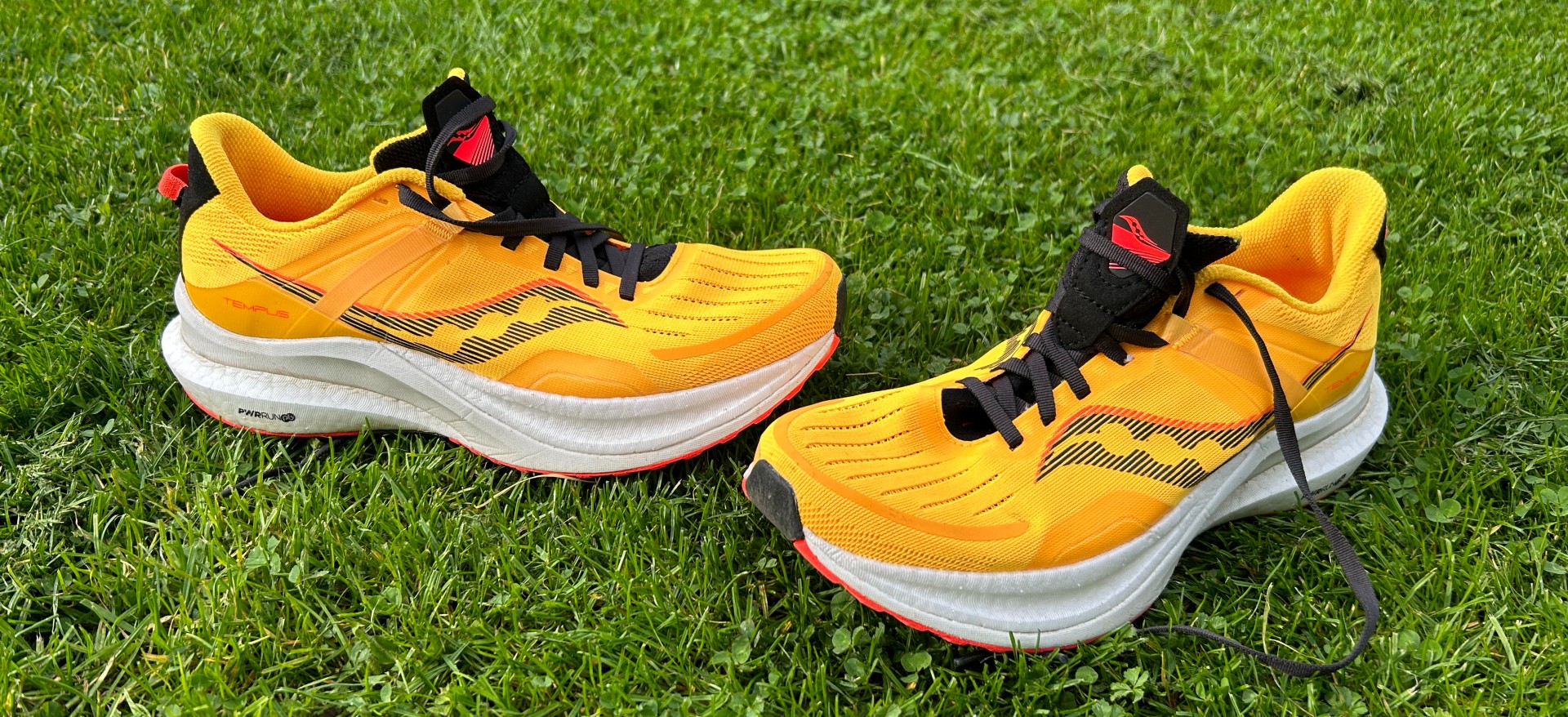Our Verdict
The Saucony Tempus is a bouncy daily trainer with stability features that make it particularly well suited to runners who overpronate. It’s expensive, but if the high price doesn’t put you off it’s also a great option for neutral runners.
For
- Versatile
- Stability features are subtle
- Comfortable
Against
- Not a looker
- Cheaper options available
You can trust Coach
Stability running shoes serve an important function for runners who overpronate, helping them reduce the risk of injury. However, they’re often heavier, firmer and less enjoyable to use than neutral shoes because of the added elements that make a stability shoe more supportive.
Because of this, many neutral runners avoid even the best stability running shoes – but the Saucony Tempus is in the vanguard of stability shoes that offer subtle support and a softer, bouncier ride. It’s one of the best running shoes I’ve tested this year and a great daily trainer for runners of all stripes.
Saucony Tempus: Price And Availability
The Saucony Tempus is available now and costs $160 in the US and £165 in the UK. It’s not cheap, and there are other popular stability options like the Brooks Adrenaline GTS line or the Saucony Guide 15 that cost less, though many top-end cushioned shoes do now cost more than $150/£150.

Design And Fit
The Saucony Tempus uses the same light and bouncy PEBA-based PWRRUN PB foam that’s found in Saucony’s excellent Endorphin Speed 3 and Endorphin Pro 3 shoes. To ensure that the soft foam doesn’t create instability, the midsole of the Tempus also contains a frame made of firmer PWRRUN foam.
This frame runs along both sides of the shoe to guide your foot forwards and provide support to counter overpronation with each stride. There are also sidewalls of foam on the shoe, so your foot sits deeper into the midsole, and the shoe has a wide base – both are features that help stabilise your footstrike.

While the Tempus doesn’t have exactly the same Speedroll rocker geometry as the Endorphin Speed and Pro shoes, it does still have a rocker design which promotes a smooth transition from heel to toe. The stack height is 36.5mm at the heel and 28.5mm at the forefoot for an 8mm drop, and it weighs 9.8oz/279g in my UK size 9.
The Tempus has a lightweight mesh upper with padding around the tongue and collar. The shoe fits me well in my normal size with a secure and comfortable hold around the heel and mid foot. The outsole uses XT-900 rubber which I found gripped well on wet pavements, and while there is some exposed foam, there is enough rubber in the main impact areas of the heel and forefoot that durability is unlikely to be a concern.
Sign up for workout ideas, training advice, reviews of the latest gear and more.

How I Tested This Shoe
I have run 50km in the Saucony Tempus, mostly doing fairly short easy runs in the weeks before and after a marathon. I have also done a couple of progression runs finishing at around tempo pace to see how it performs at faster speeds. I’ve tested the Saucony Ride 15 and Saucony Endorphin Speed 3 this year, so I can compare the trio.
Running Performance
The Tempus surprised me from the off. Almost all stability-focused shoes I test have a firmer ride and while they’re usually not harsh or unpleasant to use, they are generally less springy and fun than neutral shoes. Not so the Tempus, which employs a dual-density midsole to create a bouncy ride that is still stable: the PWRRUN PB sections of the midsole create the bouncy feeling while the PWRRUN frame ensures things don’t get out of hand.
I loved cruising through easy runs in the Tempus even on very tired legs, such as for my warm-down after a half marathon and the first run back after a marathon. It protects the legs well while being enjoyable to use at slow paces, and then when you do speed up the spring in the midsole combines with the rocker to create a fast and smooth ride. It’s not out-and-out quick like the Endorphin Speed 3, but I found the Tempus was great for cruising through tempo and steady daily training runs.

Not only is it light for a stability shoe, it matches up to other daily trainers like the Puma Velocity Nitro 2 and Nike Pegasus 39, which is surprising given the fairly high stack and PWRRUN foam frame. It looks like a clunker, but the Tempus feels positively sprightly.
While I am a neutral runner there are certainly times when I appreciate extra stability, such as during high mileage weeks or on recovery runs after sessions and races. In truth, there’s no real reason to avoid stability shoes as a neutral runner for daily training when they feel like the Tempus, since it isn’t unnecessarily firm or hefty.
That said, there are daily trainers that feel nimbler and have an even better ride if you are a neutral runner who has no need of stability, like the Velocity Nitro 2 and Saucony Endorphin Speed 3, and they are also cheaper than the Tempus. There is also the Saucony Ride 15, which feels firmer than the Tempus but is lighter and cheaper. I prefer the Tempus, but the Ride 15 gets the job done for less.
Is The Saucony Tempus Worth It?
If you use a stability shoe the Tempus should be top of your list, though if the high price puts you off there are cheaper options like the Brooks Adrenaline GTS line or the New Balance Fresh Foam X 860v12. The Tempus is the most enjoyable stability shoe I’ve used though, being more versatile than most as well as softer.
Even neutral runners should consider the Tempus, since the extra support it offers is always welcome, if not strictly necessary. However, here the price is more of a factor since you can get excellent daily trainers for a lot less than the Tempus.

Nick Harris-Fry is a journalist who has been covering health and fitness since 2015. Nick is an avid runner, covering 70-110km a week, which gives him ample opportunity to test a wide range of running shoes and running gear. He is also the chief tester for fitness trackers and running watches, treadmills and exercise bikes, and workout headphones.

